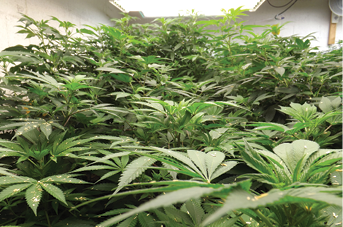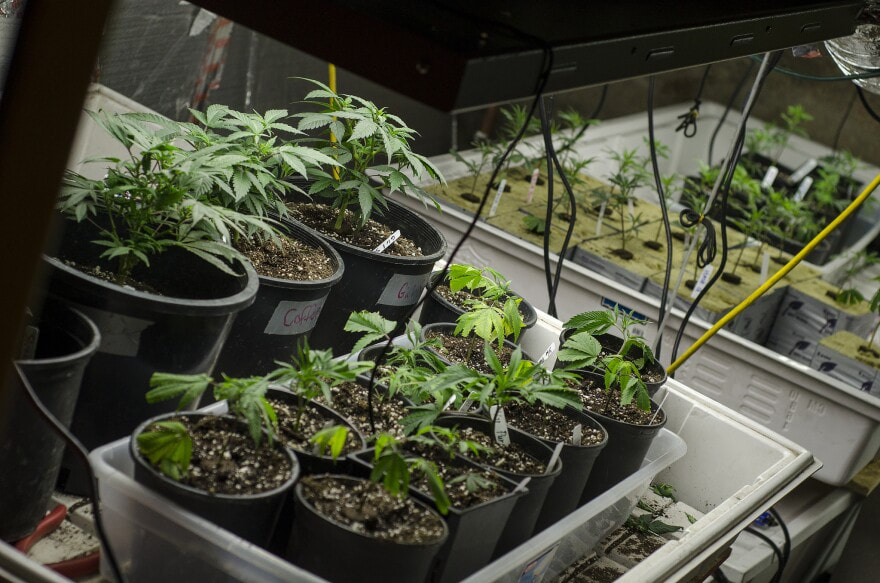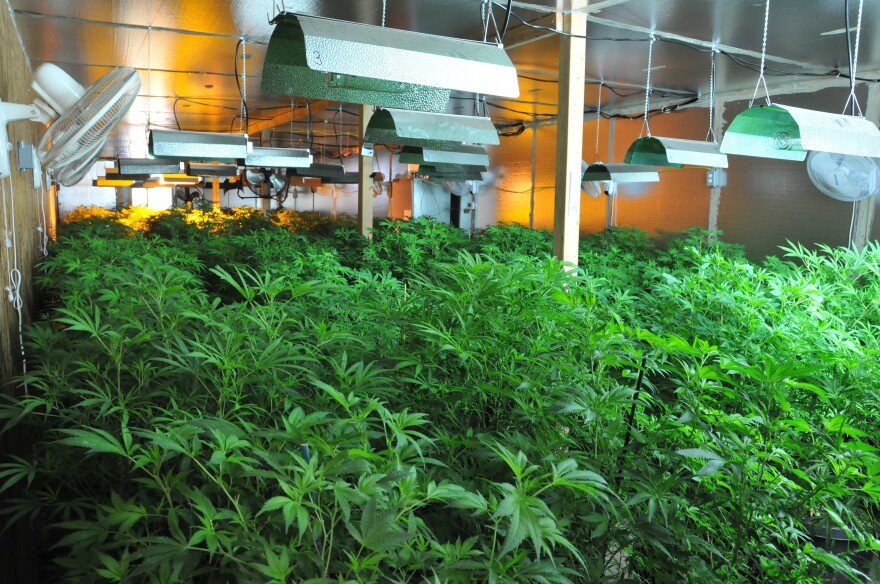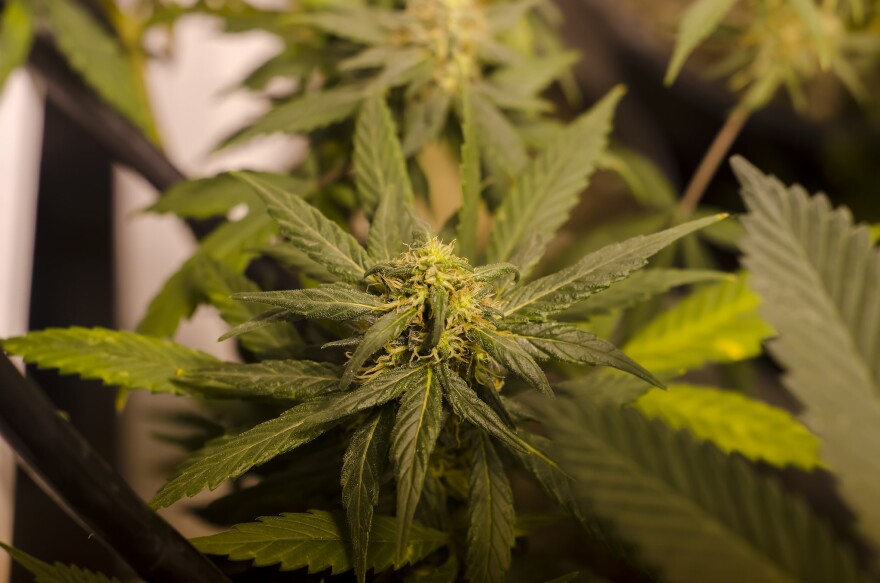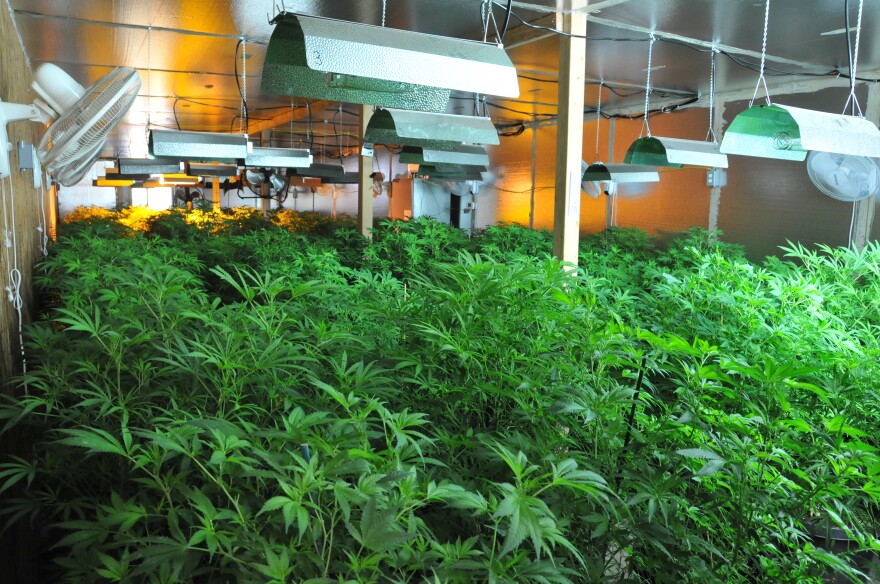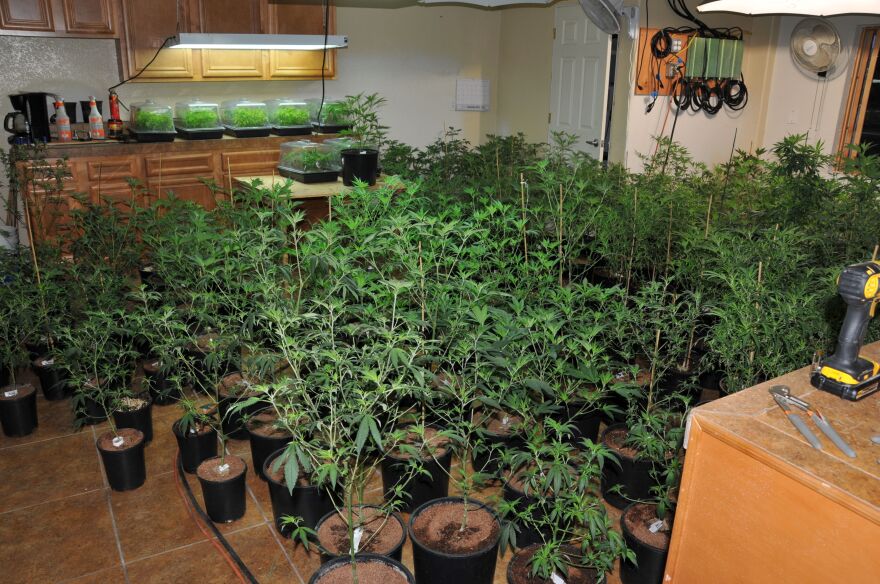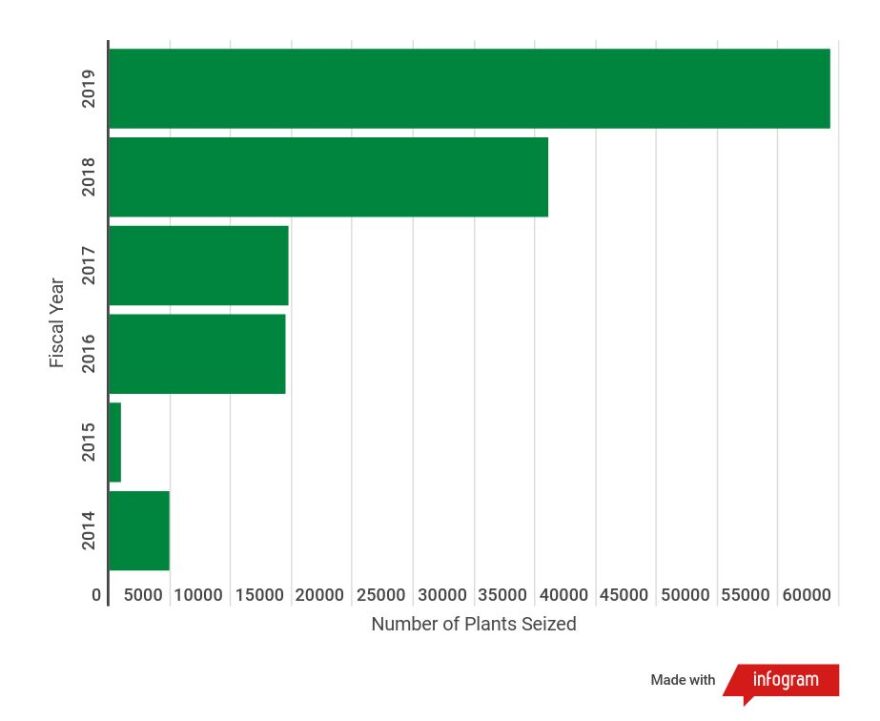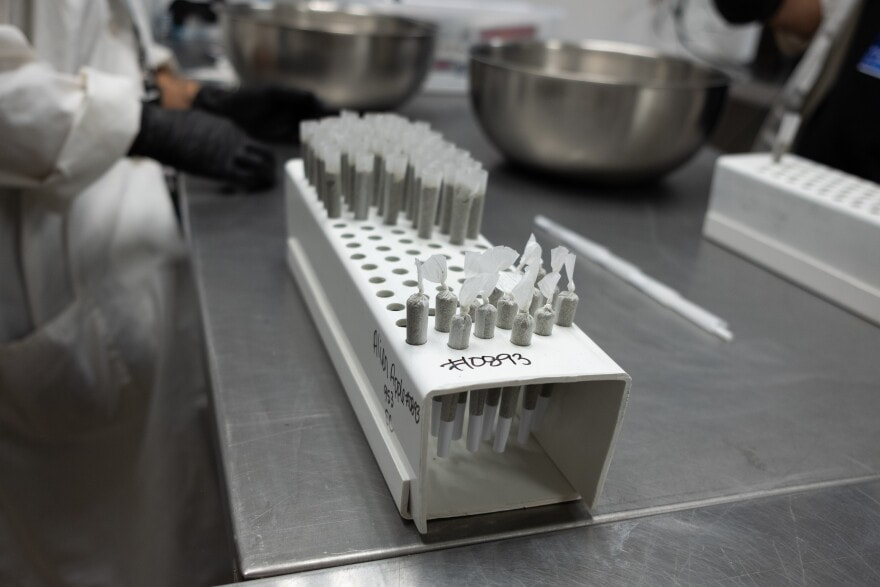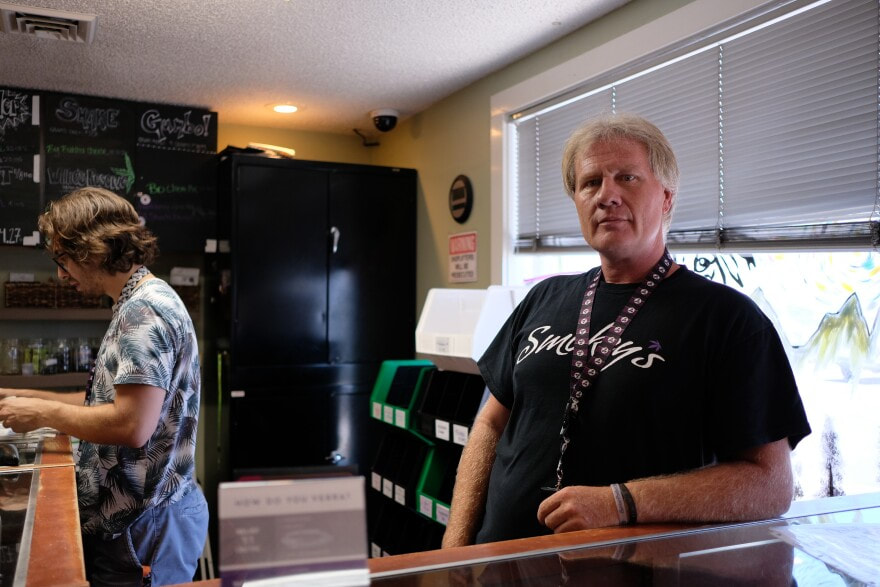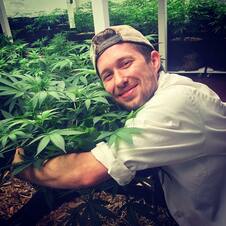Cannabis Growing Techniques: How to Improve Your YieldGrowing cannabis has quickly become a common activity at home for lots of people. Do you have experience growing cannabis? How about growing plants in your backyard? If yes, then you have all the expertise you need to grow your own cannabis. Though the process can seem unfamiliar, growing cannabis at home can still have some fantastic results. We’ll discuss the best cannabis growing techniques in this article.
|
|


